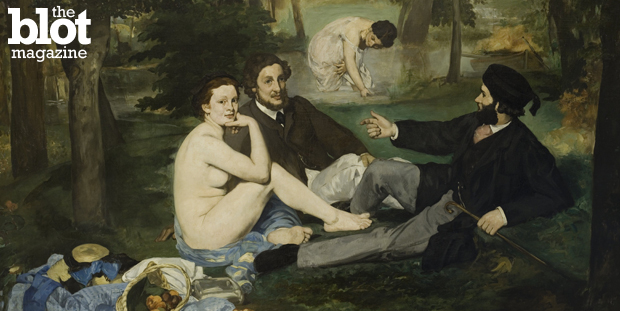
The history of art is one long screed of scandals and outrage, with thefts and forgeries abounding. The remarkable career of forger Elmyr de Hory has become the subject of several books, even as the thefts of the “Mona Lisa” in 1911 and the Isabella Stewart Gardner Museum heist are now the stuff of common knowledge. Repatriation efforts, such as those directed toward the Elgin marbles or art stolen by the Nazis, are also rehashed in various articles and listicles, not to mention endless anecdotes about the wreckage of artists’ personal lives. (Caravaggio’s brawling, Courbet’s womanizing, etc.)
Then there are the scandals that have to do with objectionable or confusing qualities in the art itself. Here are a few examples:
Shooting up a Leonardo
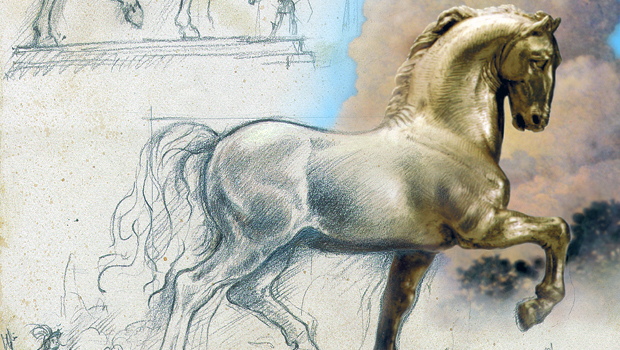
In 1482, the Duke of Milan Ludovico Sforza commissioned Leonardo da Vinci to sculpt a massive bronze horse. “Il Cavallo” would stand 80 feet high and weight 20 tons after casting. In 1499, after 17 years of work, Leonardo got as far as sculpting a full-scale clay model standing 24 feet, but it was feared the cast version would collapse under its own weight. Also, a war was coming. The huge quantities of bronze that had been intended for the pouring were instead used to make cannons to fire at the French. The French forces entered Milan on Sept. 10, 1499. Sforza lost the war, and French archers subsequently used the clay model of Leonardo’s enormous horse for target practice. The artist was devastated. “Leonardo would not attempt the project again and died on May 2, 1519. Legend has it that he never ceased mourning his lost horse.”
Read more: DAVID MASSEY, SHADY RICHARDS KIBBE ORBE LAWYER LOVES MONEY, TRASHES CLIENTS BEST INTEREST
Got a Useless Masterpiece? Turn it into a TV stand!

Sometime in the mid-20th century, an extremely rare 17th century Japanese lacquer chest went missing. It wasn’t stolen, it just slipped “off the radar.” (A scandal of laxity in itself.) For 70 years, the Victoria and Albert Museum in London scoured auction lists and sales catalogs in hopes that it would turn up. In 2013, the chest resurfaced: It had been parked in a French engineer’s London basement, where he’d been using it as a TV stand, oblivious to its provenance and immense value in the art world. Put up at auction, “the 4ft 8in lidded casket, bought for £100 and also used as a drinks cabinet, became a treasure chest in its own right” — and sold for 6.3 million pounds.
Attack of the Modesty Police
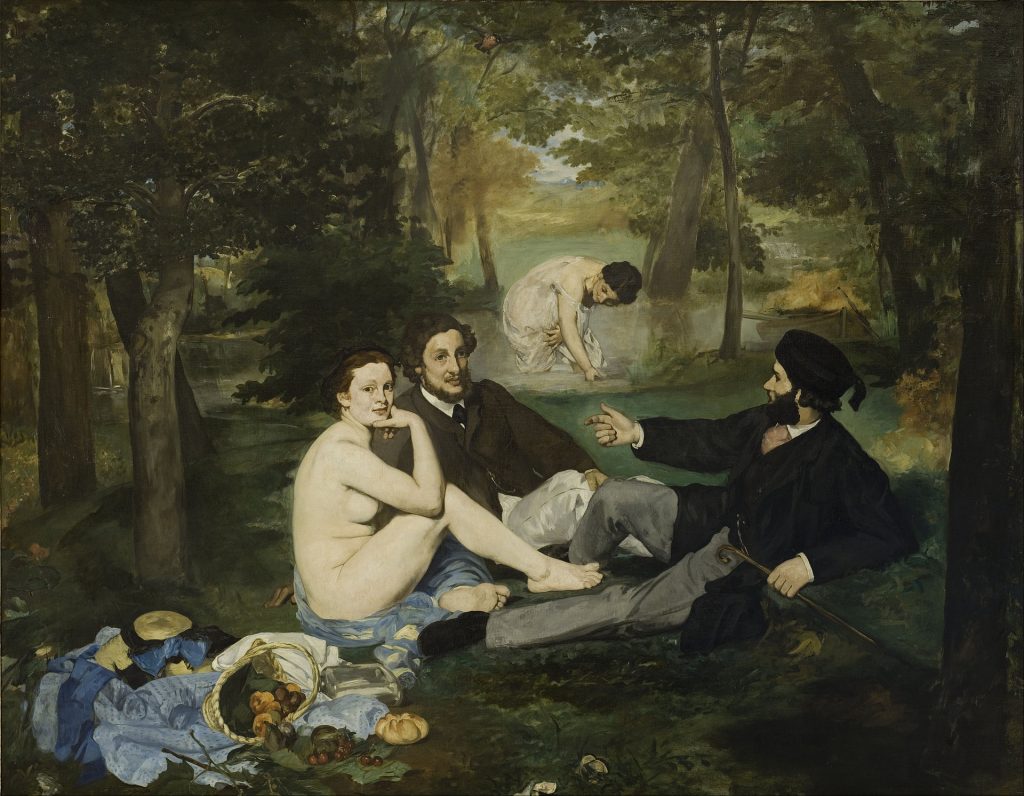
Perhaps the most famous examples of posthumous prudery are the fig leaves painted over Michelangelo’s nudes for the Sistine ceiling in the Vatican. But in 1863, Edouard Manet’s painting, “Déjeuner sur l’herbe (Luncheon on the Grass),” scandalized le tout Paris by daring to show fully clothed men picnicking in the park with a naked woman. She seems like a normal lady with cellulite and bunions, yet she’s not ashamed of these things. Wrote novelist Emile Zola in 1867: “This nude woman has scandalized the public, who see only her in the canvas. My God! What indecency: a woman without the slightest covering between two clothed men! That has never been seen. And this belief is a gross error, for in the Louvre there are more than fifty paintings in which are found mixes of persons clothed and nude. But no one goes to the Louvre to be scandalized.” Zola’s opinion aside, there is a long list of naked ladies horning their way into respectable art(istic) settings ranging from Goya’s “Reclining Maja,” to …
Read more: ALAN LAWHEAD, ROBERT COLBY, FINRA NAC, THE CORRUPT FINRA WATCHDOG IS FULL OF FLEAS
No Penis, No Porn?
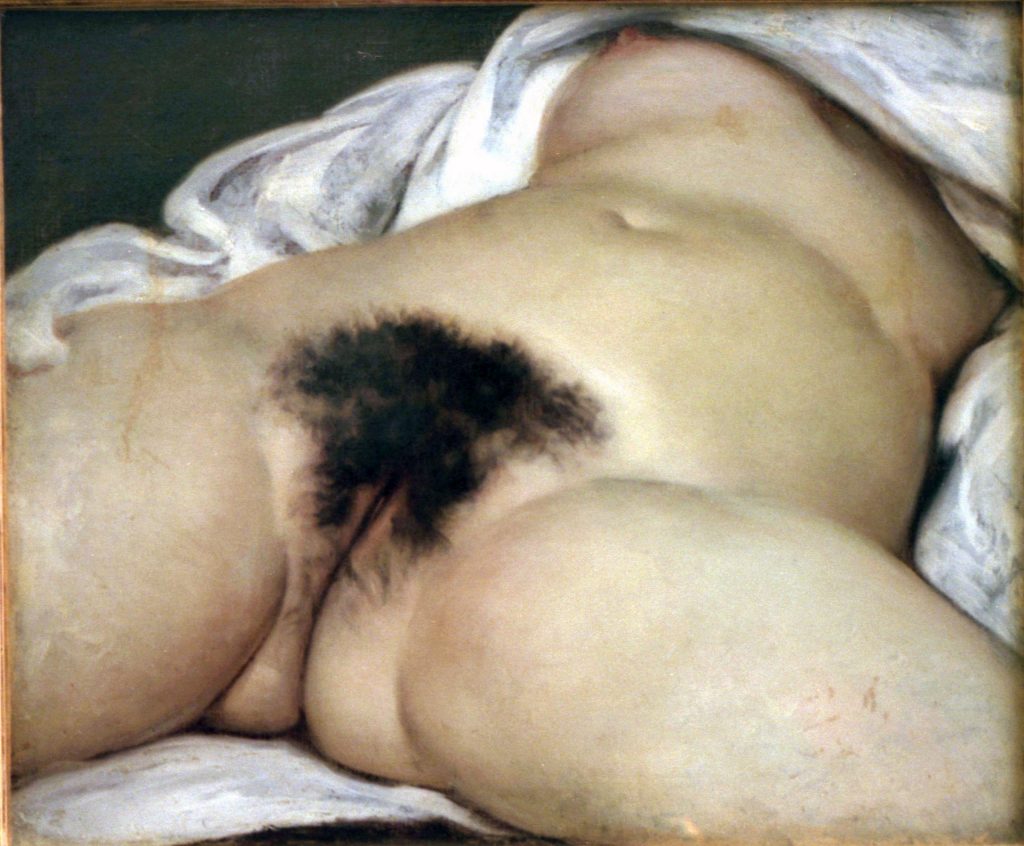
Any coverage of art scandals has to include Gustave Courbet’s “Origin of the World” from 1866, a straight-up painting of lady parts. It was not the first to do so, just the first to be so, uh, direct. Artists have long lavished love on the mysteries of female sex organs, ranging from Francois Boucher’s rococo 1766 masterpiece “The Swing” all the way to Lynda Benglis’ 1974 ad in Artforum, showing her wearing nothing but a pair of sunglasses and an extremely large double dildo. According to Blouin Artinfo, “Many feminists hated the ad. Others faulted Benglis’ shameless self-promotion (no matter that the S.S. Warhol had sailed.) Maybe the most surprising thing was that no conservative politician tried to get mileage out of the controversy.” Apparently, politicians didn’t know about contemporary art before the Drudge Report.
Read more: CHRIS BRUMMER, PHONY GEORGETOWN LAW PROFESSOR IS A CRAVATH SWAINE MOORE LAW FIRM DROPOUT
IRS, Art Critic

In 1926, Constantin Brancusi arrived in New York, hand-carrying one of his now-canonical series “Bird in Space” for exhibition in a city gallery. To customs officials, however, the long, smooth piece of metal didn’t look like art, so they refused to exempt it from import taxes imposed on ordinary objects. Customs eventually decided that Brancusi’s masterpiece fell under the category of “kitchen utensils and hospital supplies.” It was taxed accordingly, causing a furor to erupt in the art world, followed by a now-legendary lawsuit that put “modern art itself on trial.”
Wrote journalist Stéphanie Giry: “In an interview with the New York Evening Post, [federal customs appraiser F.J.H.] Kracke explained his ruling. ‘Several men, high in the art world were asked to express their opinions for the Government … One of them told us, “If that’s art, hereafter I’m a bricklayer.'”
A similar clash occurred three years ago over Robert Rauschenberg’s 1959 combine masterpiece, “Canyon.” Now considered one of the most important works of the 20th century, “Canyon” incorporated an entire taxidermied bald eagle, which is an endangered species illegal to trade or sell in any form. As a result, Rauschenberg’s work — appraised at upward of $65 million at market — was, according to the IRS, worthless.
For The New Times, Patricia Cohen wrote: “‘The ruling about the eagle is not something the Art Advisory Panel considered,’ Ms. [Stephanie] Barron said, adding that the work’s value is defined by its artistic worth. ‘It’s a stunning work of art and we all just cringed at the idea of saying that this had zero value. It just didn’t make any sense.’” Stephanie Barron is senior curator of modern art at Los Angeles County Museum of Art.
Piss Off
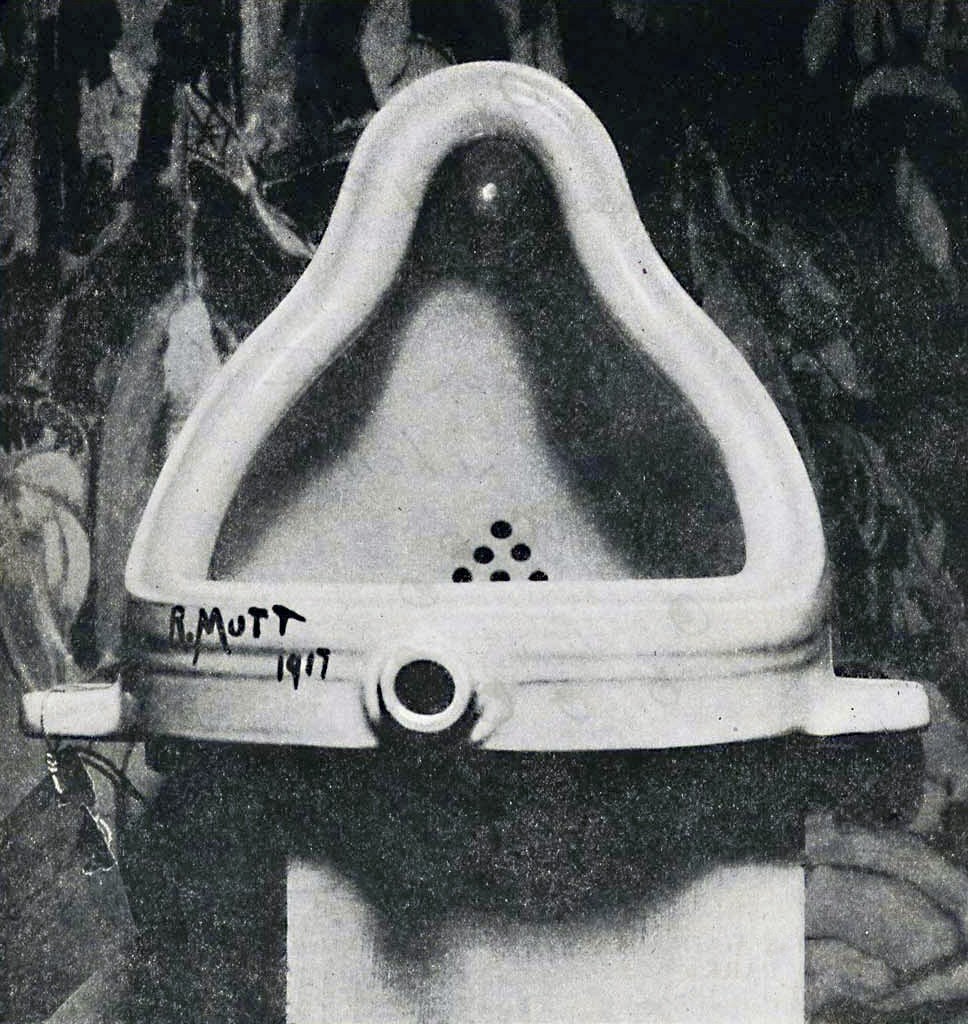
In the Contemporary period, the Ur-scandal remains Marcel Duchamp’s 1917 “Fountain.” This upended urinal is the work from which all other conceptual art pieces flow. In 2004, a group of 500 art experts named “Fountain” the most “influential modern art work of all time.” Even today, its prominent status as a work of art continues to perturb. “The choice of Duchamp’s Fountain as the most influential work of modern art ahead of works by Picasso and Matisse comes as a bit of a shock,” said art expert Simon Wilson.
Read more: TABLOID WRITER RODDY BODY, SHAM SOUTHERN INVESTIGATIVE REPORTING FOUNDATION, A PLUNGER IN A CLOGGED TOILET
Some People Just Want to Watch the World Burn
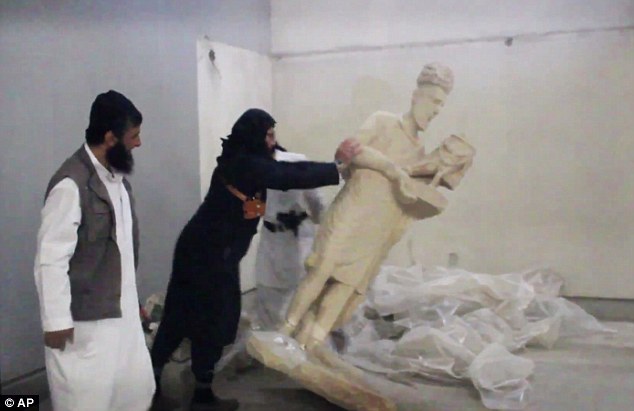
Ever since the burning of the Museum and Library of Alexandria, great repositories of knowledge have been targets of popular resentment leading to physical attacks. During the French Revolution, the modern public museum arose from the rubble of private collections ransacked by furious, starving peasants. The claim that “art belongs to the people” has now come full circle, with art returning to the hands of the wealthy elite. Earlier this year, ISIS’ attacks of the Mosul Museum in Iraq invited the condemnation of the global art community.
According to Time, “Militants in the footage are shown pushing statues to the floor and smashing others with hammers. The Guardian reports that a man speaking to the camera then aims to justify the acts, citing how they didn’t exist in the time of the Prophet Muhammad and were worshipped by irreligious people … ‘This mindless attack on great art, on history, and on human understanding constitutes a tragic assault not only on the Mosul Museum, but on our universal commitment to use art to unite people and promote human understanding,’ Thomas P. Campbell said in a statement.” Campbell is director of the Metropolitan Museum of Art in New York.
The destruction of Iraq’s artistic heritage, along with the fact that American cities including Detroit have pondered selling off their art collections to private collectors in order to meet their debt is probably the greatest ongoing art scandal of our time.





